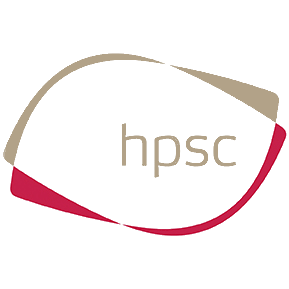World AIDS Day 2013
World AIDS Day is celebrated globally on December 1st each year. It provides an important opportunity to raise awareness of HIV and AIDS, to commemorate those who have died, and celebrate victories such as increased access to treatment and prevention services.
Between 2011-2015, World AIDS Day has the theme: "Getting to zero: zero new HIV infections. Zero discrimination. Zero AIDS-related deaths". The WHO’s focus for the 2013 campaign is improving access to prevention, treatment and care services for adolescents (10-19 years). WHO will release new guidance for HIV testing and counselling and care for adolescents living with HIV on World AIDS Day 2013.
The latest report from the Joint United Nations Programme on HIV/AIDS (UNAIDS) reports a 33% decrease in new HIV infections since 2001.There were 2.3 million (1.9-2.7 million) new infections in 2012 which is the lowest number of annual new infections since the mid-to-late 1990’s. It is estimated that 35.3 million (32.2-38.8 million) people are living with HIV in 2012. There were 1.6 million (1.4-1.9 million) AIDS related deaths in 2012, a decrease of 30% since the peak in 2005. However, the report also states that new HIV infections have been on the rise in eastern Europe and central Asia since 2006 and there has been a doubling of new HIV infections in the Middle East and North Africa since 2001.
The full UNAIDS report can be accessed at http://www.unaids.org/en/resources/campaigns/globalreport2013/globalreport/
A new report published by the European Centre for Disease Prevention and Control (ECDC) and the WHO Regional Office for Europe shows that more than 131,000 new HIV infections were reported in the WHO European Region in 2012, 10 000 (8%) more than in 2011. This confirms a steady increase across Europe over the last year: a 9% rise in eastern Europe and central Asia (EECA) countries and almost a 5% rise in the countries of the European Union and European and Economic Area (EU/EEA). The data showed that nearly every second person diagnosed with HIV in the EU/EEA is diagnosed late in the course of their infection.
The full report can be accessed at http://www.ecdc.europa.eu/en/Pages/home.aspx
Latest Irish HIV Data – Quarter 1&2 2013
The latest HIV report from the Health Protection Surveillance Centre (HPSC) describes new HIV diagnoses in Ireland in Quarter 1&2 2013. During Q1&2 2013, there were 165 new diagnoses with 50% among men who have sex with men (MSM), 34% among heterosexuals and 4% among injecting drug users (IDUs). Seventy six percent were male and the median age was 33 years. Of the cases where CD4 count was known (in 71% of cases), 49% were diagnosed at a late stage of infection and 22% were severely immune-compromised at the time of diagnosis. This compares to the 2012 data where 48% of new cases were diagnosed late and 24% were diagnosed very late where CD4 count was known (in 73% of cases). In recent years, MSM are the population most severely affected by HIV in Ireland. Figure 1 shows the trends in the three main risk groups, MSM, heterosexuals and IDUs from 2003 to 2012.
The full version of the Quarter 1&2 2013 report and other HIV reports can be accessed at http://www.hpsc.ie/hpsc/A-Z/HIVSTIs/HIVandAIDS/
If you require further information on HIV or sexual health, please click here for links to HIV support organisations in Ireland. The websites www.yoursexualhealth.ie and www.man2man.ie provide lists of clinics where you can organize a confidential HIV test.


